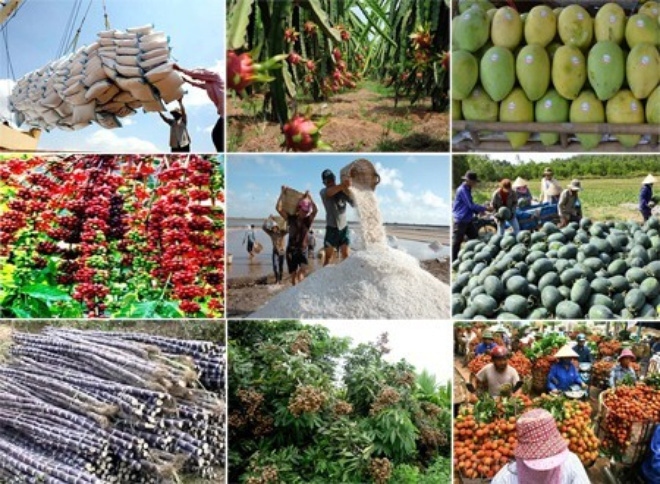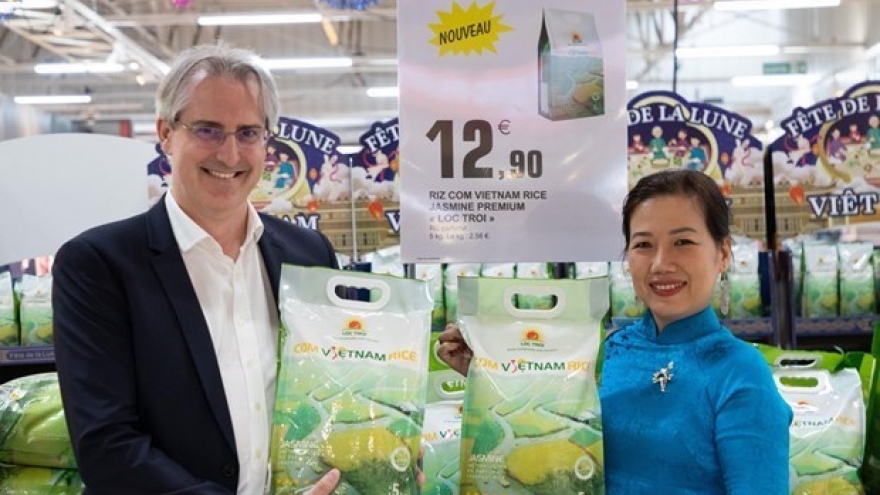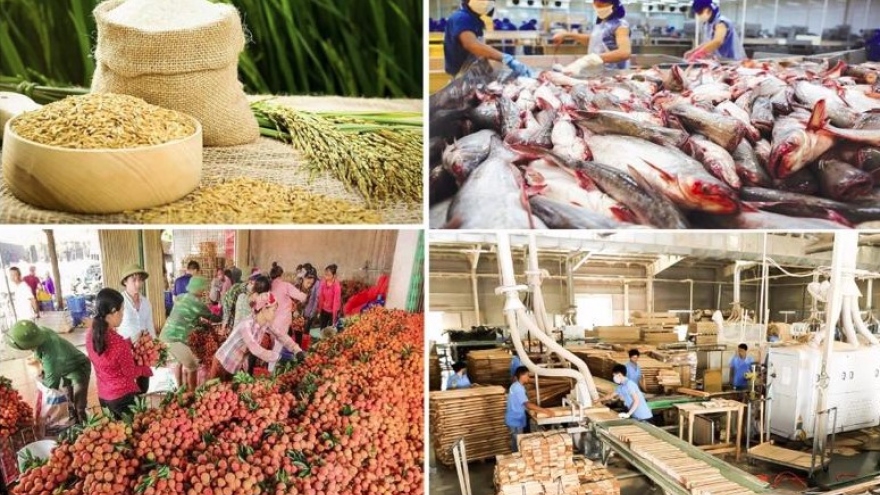China biggest buyer of agro-forestry-fishery products from Vietnam
VOV.VN - Among the three markets that purchase the most agricultural products from the nation, China currently takes the top spot with US$8.7 billion during the initial nine months of the year, according to the Ministry of Agriculture and Rural Development (MARD).
During the reviewed period, the total export turnover of the entire agricultural sector stood at an estimated US$38.48 billion, down 5.1% over the same period from last year.
China, the United States, and Japan continue to be the three largest export markets of Vietnamese agro-forestry-fishery products.
However, export turnover to the US market fell sharply by 22.6% over the same period from last year, accounting for only 20.7% of the total export turnover of this industry during the past nine months. Exports to Japan also dropped by 7.7%, making up 7.6% of the country’s total turnover.
Only the Chinese market recorded positive growth in terms of export turnover. By the end of September, exports to this vast market had reached US$8.71 billion, an increase of 16.7% on-year, constituting 22.1% of the nation’s agro-forestry-fishery export value.
Notably, throughout the reviewed period, fruit and vegetable exports hit US$4.2 billion, representing an annual rise of nearly 72%. In particular, fruit and vegetable exports to the Chinese market raked in US$2.75 billion, an increase of 161.8% on-year.
Along with fruit, China also spent US$495.8 million on buying Vietnamese rice, a rise of 55.2% on-year. Similarly, exports of cashew nuts, coffee, animal feed, and raw materials to the Chinese market all recorded growth during the nine-month period.
Dang Phuc Nguyen, general secretary of the Vietnam Fruit and Vegetable Association, attributed the strong growth in export turnover to the signing of many major fruit and vegetable export protocols.
For example, after signing the protocol durian export orders witnessed a boom with turnover hitting a record high, thereby turning durian into a billion-dollar fruit in Vietnam.
One positive aspect is that early this year China reopened its borders after the COVID-19 pandemic, thereby enabling agricultural exports to the northern neighbour to return to growth. The Chinese market is partly helping to ease difficulties faced by Vietnamese agricultural exports, especially fruit and rice.
To promote the export of agro-forestry-fishery products to this market, Ngo Xuan Nam, deputy director of the Vietnam Sanitary and Phytosaniary Notification Authority and Enquiry Point (SPS Vietnam Office), underlined the need to improve the infrastructure system to serve export activities.
This is in addition to enhancing the application of science and technology, high technology, and digital transformation to increase efficiency whilst reducing costs in the agro-forestry-fishery export chain to China, he added.



